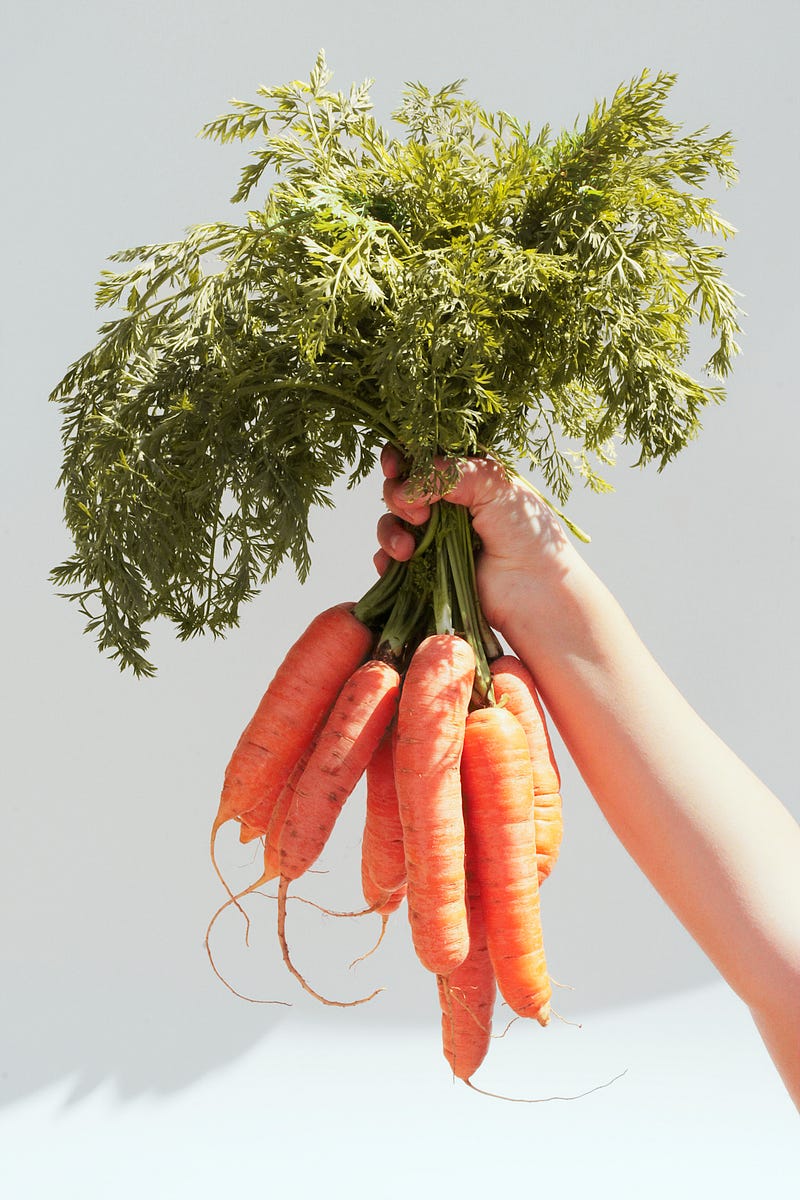Innovative Insights on Food Textures for Better Nutrition
Written on
The Role of Food Textures in Eating Habits
Every year, numerous individuals set out to achieve their weight loss goals through New Year’s resolutions, aspiring to adopt healthier lifestyles. Yet, the unfortunate truth is that many of these diets ultimately fall short.
Maintaining a calorie-restricted diet and adhering to a strict meal plan over time proves to be quite challenging. However, an exciting revelation from nutrition specialists suggests a transformative alternative: shifting the focus from simply eating less to modifying the textures of food. This innovative strategy could empower individuals to sustain a healthy weight and effectively manage their nutrition over the long term.
In today's society, our supermarkets and fast-food outlets are flooded with processed, calorie-rich foods. Consider the tempting crunch of a bag of potato chips compared to the healthier choice of raw vegetables. A key distinction between these two options lies in their textures. Research indicates that food texture significantly influences our eating habits and can greatly affect our overall well-being.
A team of researchers, led by Ciarán Forde, a former Principal Investigator at A*STAR’s Clinical Nutrition Research Centre (CNRC), has been exploring the fascinating connection between food texture and eating behaviors. Alongside Research Officer Janani R and Senior Research Fellow Pey Sze Teo, Forde set out to study how different food textures can influence consumption patterns.
Their earlier research focused on the differences in calorie intake between those who eat quickly and those who take their time. However, in their latest groundbreaking study, they demonstrated that varying combinations of food textures can profoundly affect the rate at which we eat.
To showcase how different texture combinations influence eating speed, the team carefully prepared carrots and crackers in various shapes, sizes, and with diverse condiments, such as sauces. They presented these enticing samples to participants, meticulously recording how these variables impacted their eating habits. By analyzing factors like chewing time, chew count, and overall eating pace, they made some intriguing discoveries. For example, they observed that whole carrot pieces were consumed more quickly, whereas carrots accompanied by mayonnaise were easier to swallow.
"A crucial finding was that not all texture combinations affect oral processing behaviors equally," Forde explained.
Building on these compelling insights, the team developed a pioneering hierarchy of texture influences. They found that food hardness was the most significant factor affecting the eating rate of both carrots and crackers, followed by thickness, lubrication, and unit size.
Forde emphasized that their discoveries could lead to new dietary strategies centered around texture. "Employing a variety of textures, rather than modifying just one, could guide product reformulation and inform public health initiatives aimed at slowing consumption rates."
The implications of these findings are profound, showcasing how innovative methods can transform our approach to nutrition and overall health. To further enhance their research, Forde's team is collaborating with Wageningen University’s Division of Human Nutrition and Health to investigate the long-term effects of manipulating food textures on energy intake.

Understanding Crunches and Their Benefits
This video provides a comprehensive guide on how to perform crunches effectively, highlighting their role in strengthening core muscles and enhancing overall fitness.
Techniques for Effective Abdominal Crunches
In this video, the WE-Can program demonstrates how to perform abdominal crunches correctly, emphasizing the importance of form and technique for maximum benefit.